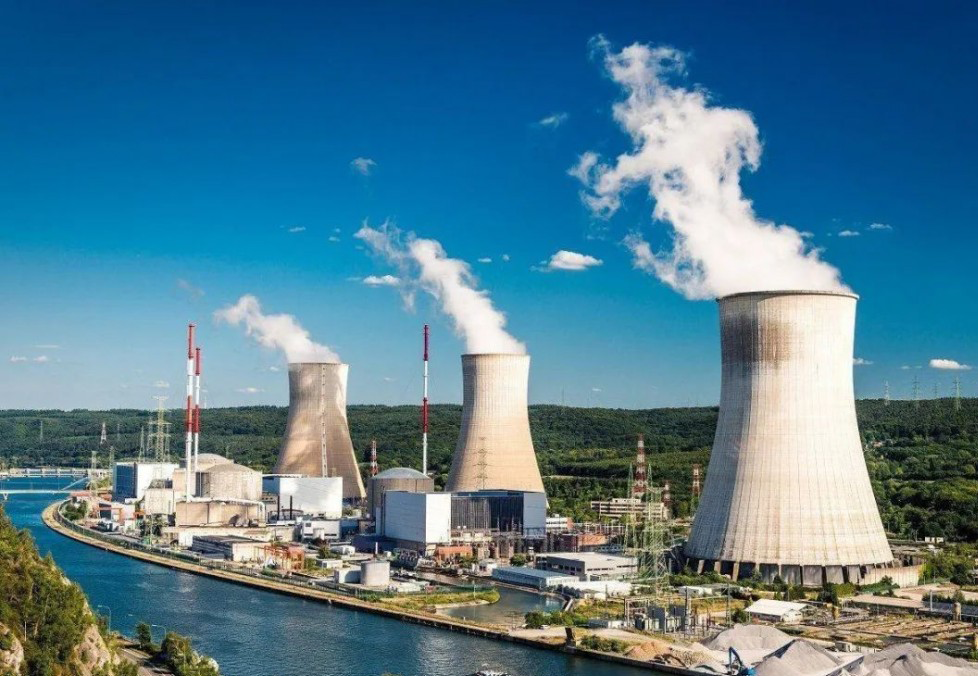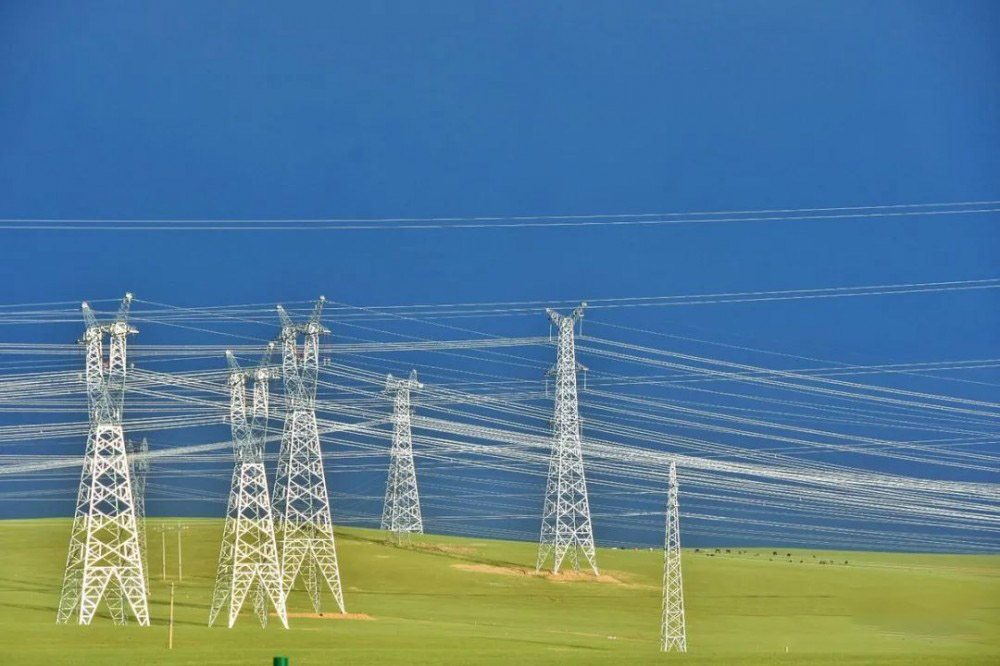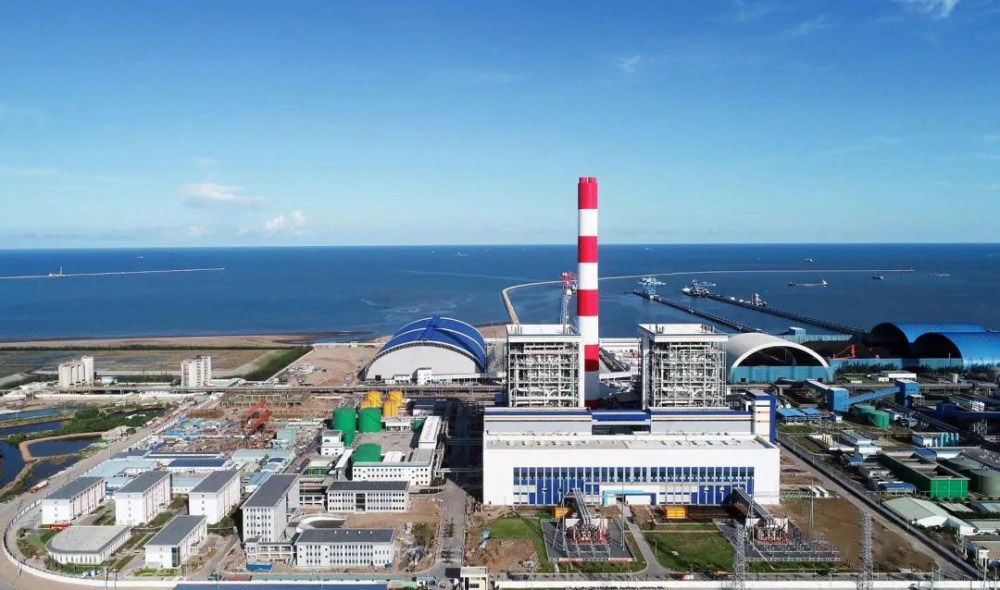For the whole of 2022, Vietnam’s total power generation capacity will increase to 260 billion kilowatt hours, a year-on-year increase of 6.2%. According
to country-by-country statistics, Vietnam’s global power generation share rose to 0.89%, officially entering the world’s top 20 list.
British Petroleum (BP) pointed out in its “2023 World Energy Statistical Yearbook” that the total global power generation in 2022 will be 29,165.1 billion
kilowatt-hours, a year-on-year increase of 2.3%, but the power production pattern continues to be unbalanced.Among them, the power generation in the
Asia-Pacific region reached 14546.4 billion kilowatt hours, a year-on-year increase of 4%,and the global share was close to 50%; the power generation in
North America was 5548 billion kilowatt hours, an increase of 3.2%,and the global share rose to 19%.
However, the power generation in Europe in 2022 dropped to 3.9009 billion kilowatt-hours, a year-on-year decrease of 3.5%, and the global share fell to
13.4%; the power generation in the Middle East was approximately 1.3651 billion kilowatt-hours, a year-on-year increase of 1.7%, and the growth rate was
lower than the global average share. ratio, the proportion dropped to 4.7%.
For the whole of 2022, the entire African region’s power generation was only 892.7 billion kilowatt hours, a year-on-year decrease of 0.5%,and the global
share fell to 3.1% – only slightly more than one-tenth of my country’s power generation. It can be seen that the global electricity production pattern is indeed
extremely uneven.
According to country statistics, my country’s power generation in 2022 will reach 8,848.7 billion kilowatt hours, a year-on-year increase of 3.7%,and the
global share will expand to 30.34%. It will continue to be the world’s largest electricity producer; the United States ranks second, with a power generation
of 4,547.7 billion kilowatt hours. , accounting for 15.59%.
They are followed by India, Russia, Japan, Brazil, Canada, South Korea, Germany, France, Saudi Arabia, Iran, Mexico, Indonesia, Turkey, the United Kingdom,
Spain, Italy, Australia, and Vietnam—Vietnam ranks 20th.
Electricity production is growing rapidly, but Vietnam still lacks electricity
Vietnam is rich in water resources. The average annual runoff of rivers including the Red River and Mekong River is as high as 840 billion cubic meters, ranking
12th in the world. Hydropower has therefore become an important power production sector in Vietnam. But unfortunately,the rain this year was low.
Coupled with the effects of high temperatures and drought, power shortages have occurred in many places in Vietnam. Among them, many areas in Bac Giang and
Bac Ninh provinces require “rotating blackouts and rotating power supply.” Even heavyweight foreign-funded enterprises such as Samsung, Foxconn, and Canon
cannot fully guarantee the power supply.
In order to alleviate the power shortage, Vietnam had to once again request my country Southern Power Grid’s “Guangxi Power Grid Company”to resume online
power purchase. It is clear that it is “recovery”. Vietnam has imported electricity from my country more than once to meet the needs of residents’ lives and
enterprise production.
This also shows from the side that “this power production pattern that is highly dependent on hydropower, which is easily affected by extreme weather, is imperfect.”
Perhaps it is precisely because of the current predicament that the Vietnamese authorities are determined to significantly expand the energy production and supply pattern.
Vietnam’s huge power production plan is about to begin
Under tremendous pressure, the Vietnamese authorities made it clear that they must be prepared with both hands. The first is to temporarily pay less attention to
the issue of carbon emissions and carbon peaking, and to re-strengthen the construction of coal-fired power generation. Taking May this year as an example, the
amount of coal imported by Vietnam rose to 5.058 million tons, a year-on-year surge of 76.3%.
The second step is to introduce a comprehensive power planning plan, including the “National Power Development Plan for the 2021-2030 Period and the Vision
to 2050″, which incorporates energy production into the national strategic level and requires that Vietnamese power companies must be able to ensure adequate
domestic power supply.
In order to make efficient use of hydropower, the Vietnamese authorities require that the water level of reserved reservoirs be raised to cope with the possibility
of a long period of hot and dry periods ahead. At the same time,we will accelerate the construction of gas, wind, solar, biomass, tidal power and other projects
to diversify Vietnam’s power production pattern.
Post time: Sep-21-2023




